Ridgway's Rail
Latin: Rallus obsoletus
Cómo un humedal emergente en la Laguna Salton Sea ofrece nuevas esperanzas para las aves migratorias y las comunidades locales.
Bombay Beach Wetland Project | Proyecto de humedales de Bombay Beach Photo: Emily Tozzi/Formation Environmental
La costa de la Laguna Salton Sea continúa retrocediendo rápidamente, dejando atrás la playa expuesta que exacerba las enfermedades respiratorias y otros problemas para las comunidades cercanas.
Inesperadamente, la recesión de la costa ha creado una oportunidad para que la naturaleza tome su curso, evidente por la presencia de humedales recién emergidos alrededor de la Laguna Salton Sea. Hay aproximadamente 6.000 acres de humedales recién formados que han surgido alrededor de la Laguna Salton Sea. Son producto de salidas agrícolas y filtraciones naturales de manantiales. En junio de 2020, Audubon California publicó un informe titulado "Identificación de áreas existentes para proyectos de protección/mejora del hábitat y supresión de polvo en la playa expuesta a la Laguna Salton Sea" que evalúa la cantidad y distribución de estos humedales.
Audubon California ha recibido una subvención de la Oficina de Recuperación de Tierras de los Estados Unidos que financiará el diseño del proyecto, las encuestas biológicas y la participación de la comunidad tanto para la supresión del polvo como para la expansión, estabilización, restauración y mejora de 250 acres de estos humedales emergentes cerca de la ciudad de Bombay Beach, en la Laguna Salton Sea. Estos humedales incidentales pueden servir para un doble propósito en la creación de hábitat vital para la migración de aves y la mitigación del polvo que pone en peligro la salud respiratoria de las 650.000 personas que viven cerca de la Laguna Salton Sea.
El humedal existente de Bombay Beach se encuentra en la costa sureste de la Laguna Salton Sea, a unos 3 millas al este de la comunidad de Bombay Beach. El área consiste en un humedal y vegetación circundante que se ha desarrollado donde convergen varios lavados prominentes y descargas de aguas subterráneas. Existen humedales salinos y hábitats de estanques salobres para especies como los rascón de ridgway (una especie en peligro de extinción), avoceta Americana, ánade rabudo, y para el pez cachorrito del desierto (una especie en peligro de extinción).
Sin embargo, el humedal existente seguirá siendo pequeño, sin restauración ni estabilización. Esto se debe a que el área de hábitat de mayor calidad en la cuesta arriba está siendo cada vez más dominada por un monocultivo de la planta invasora de tamariscos. Las especies de vida silvestre, sin embargo, ya están utilizando la zona, a pesar de la falta de restauración formal o gestión, lo que indica que hay una oportunidad para mejorar la zona.
La Laguna Salton Sea es importante para más de 300 especies de aves residentes y migratorias. Además, cuando no hay humedales o hábitats vegetados, hay playa que es responsable de la contaminación por polvo a las comunidades circundantes. Es imperativo que estos humedales emergentes en la Laguna Salton Sea se estabilicen para asegurar un hábitat suficiente a lo largo de la ruta migratoria del Pacífico y para mitigar la contaminación por polvo.
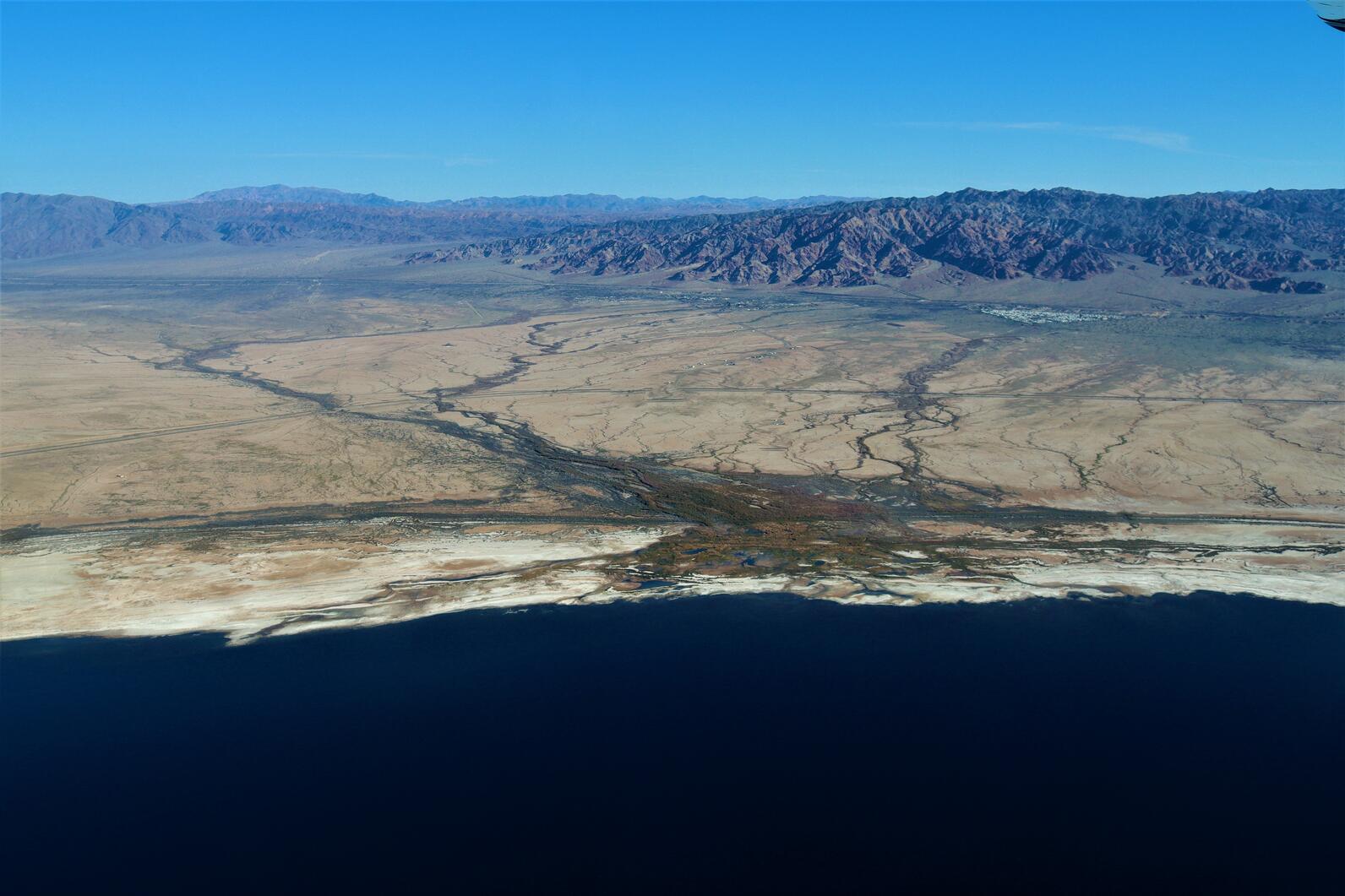
El Proyecto de Humedales de Bombay Beach tiene como objetivo estabilizar y mejorar varios humedales emergentes y salinos y hábitats de playa, proteger la salud humana mediante la optimización del uso del agua para promover la supresión de polvo en las playas cercanas, y proporcionar oportunidades recreativas para la comunidad.
La conservación y mejora de los humedales se hará protegiendo las áreas existentes de vegetación, humedales y hábitats acuáticos de las entradas de aguas pluviales perjudiciales con el refuerzo de las bermas costeras que protegen la zona.
El refuerzo de las bermas, complementado con infraestructuras de optimización del uso del agua, permitirá que el agua tenga un uso máximo beneficioso para el medio ambiente. Este proyecto tiene como objetivo optimizar el uso del agua para regar la vegetación en la playa adyacente al humedal para el control del polvo, mantener la salinidad en las zonas húmedas para una productividad óptima de las especies, y mejorar y promover nuevos hábitats en el humedal. También es posible incluir oportunidades de recreación comunitaria al aire libre, dependiendo de subvenciones futuras. De todas maneras, somos receptivos a la retroalimentación del público sobre posibles alternativas de diseño de proyectos e ideas de acceso público. Esperamos hacer de este humedal emergente un área que el público pueda visitar, las aves puedan vivir y un área que pueda ayudar a mitigar los problemas de salud pública.
Video aéreo del humedal Bombay Beach.
El Proyecto de Humedales de Bombay Beach se encuentra en la primera fase, que se espera que tome dos años, e incluye el diseño de proyectos de control de hábitat y polvo, monitoreo científico y recolección de datos, y la participación de la comunidad en el diseño de planificación. Tras la finalización exitosa de esta fase de planificación, la inauguración de la construcción comenzaría en 2023.
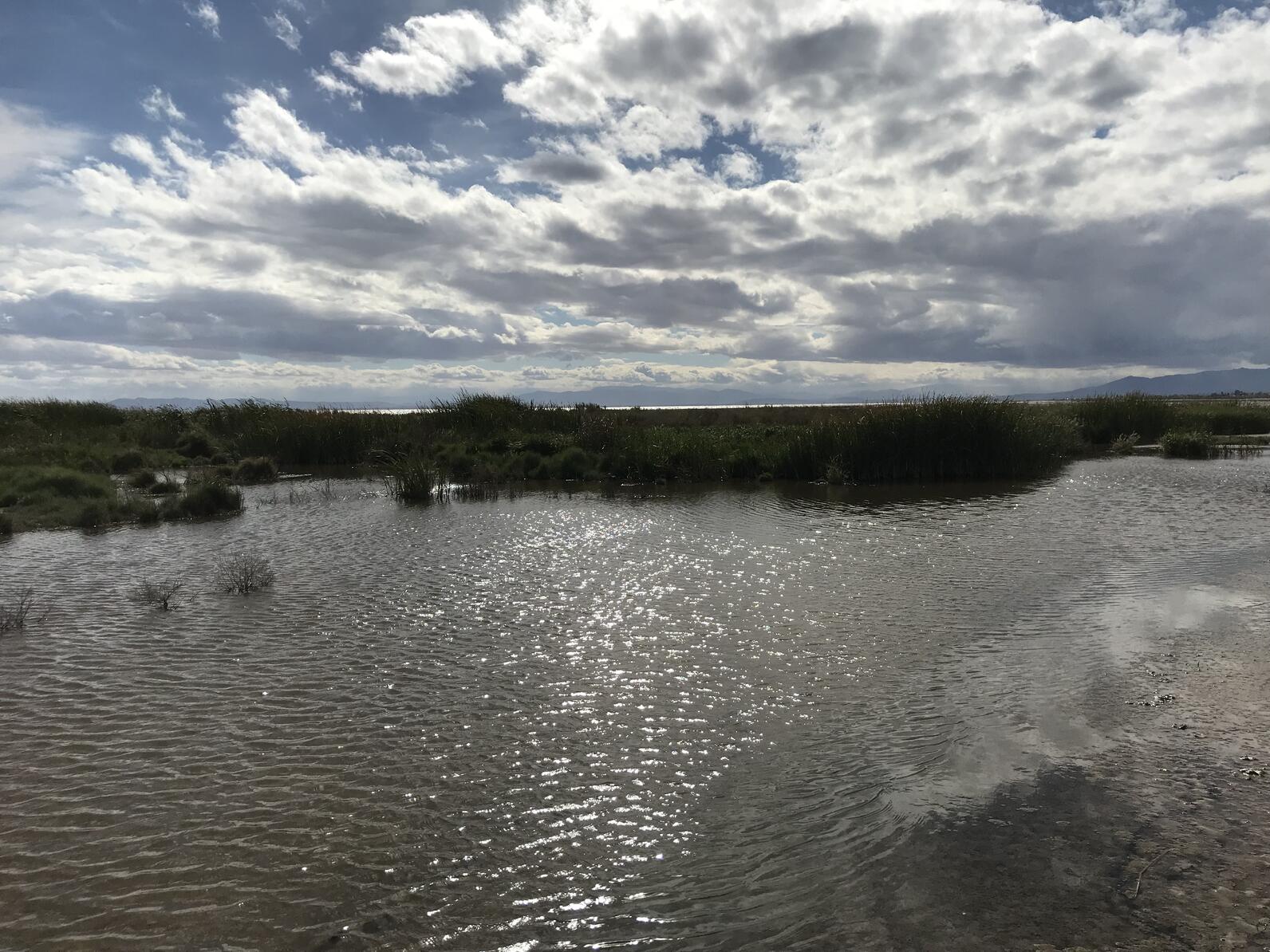
Estamos interesados en obtener comentarios y sugerencias públicas sobre el diseño de nuestro proyecto y las ideas de acceso público.Puede enviar un comentario público a través de nuestro formulario de encuesta aquí. Acompáñenos el 26 de abril para nuestra segunda reunión comunitaria [CB1] para aprender más sobre el Proyecto Humedal de Bombay Beach y compartir sus aportaciones con nosotros. El consultor para este proyecto es Formation Environmental, LLC, con otros grupos pendientes a medida que se desarrolla el progreso.
Vea nuestro documento sobre preguntas frecuentes, disponible tanto en español como en inglés, para obtener más información.
La financiación de este proyecto está siendo proporcionada por la Oficina de Recuperación de Tierras de los Estados Unidos. Este proyecto se está completando en cooperación con el Distrito Imperial de Riego (IID) y el Departamento de Pesca y Vida Silvestre de California (CDFW).
Estamos estrenando nuestra nueva, descargable guía de campo de algunas aves del Valle de Coachella, las cuales son culturalmente importante para los Cahuilla.
Poblaciones cambiantes -- además de algunos visitantes sorpresa
¡Niños pueden explora el mundo de las aves con actividades, artículos, videos, y más!
Communities around the Salton Sea are working together to protect human health and conserve critical bird habitats
Nearby communities, threatened wildlife have no time for further delays
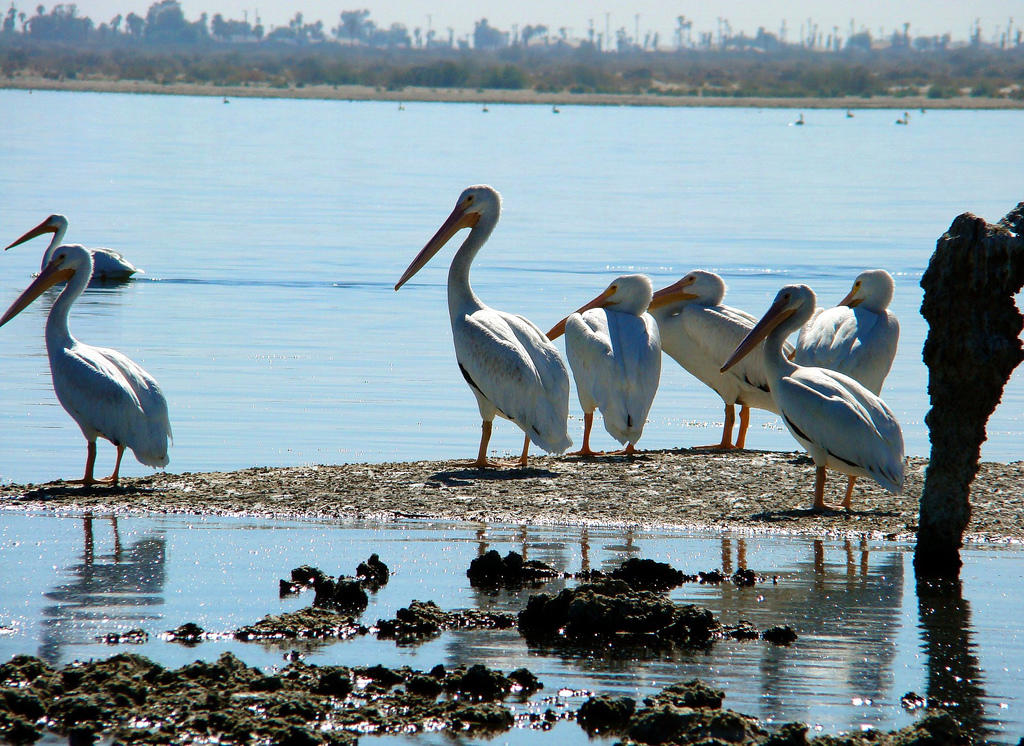
Conservation groups including Audubon California hope that more than $80 million included in the recently-approved state budget will be the first step in a longer, more substantial commitment from the Legislature to addressing the developing environmental crisis at the Salton Sea. The $80.5 million for planning and restoration at the Salton Sea, part of the $167 billion state budget, will ultimately come from Proposition 1 funds approved by voters in 2014.
While the new funding marks the largest amount that the State of California has ever contributed to restoration at the Salton Sea, it is nonetheless only a fraction of the several billion dollars that will be needed to stabilize the situation there.
The funding will help the state pay for the development of a long-term management plan that seeks to address the problems created by reduced water deliveries to California’s largest inland lake. As the Salton Sea shrinks in the coming years, it is expected to have serious ramifications for the more the 400 species of birds that rely on its habitat. Less water will also result in the exposure of hundreds of acres of plays, creating a toxic dust and a serious public health hazard.
Money will also jump-start restoration of habitat along the edge of the lake, creating infrastructure to move water to a number of habitat areas.
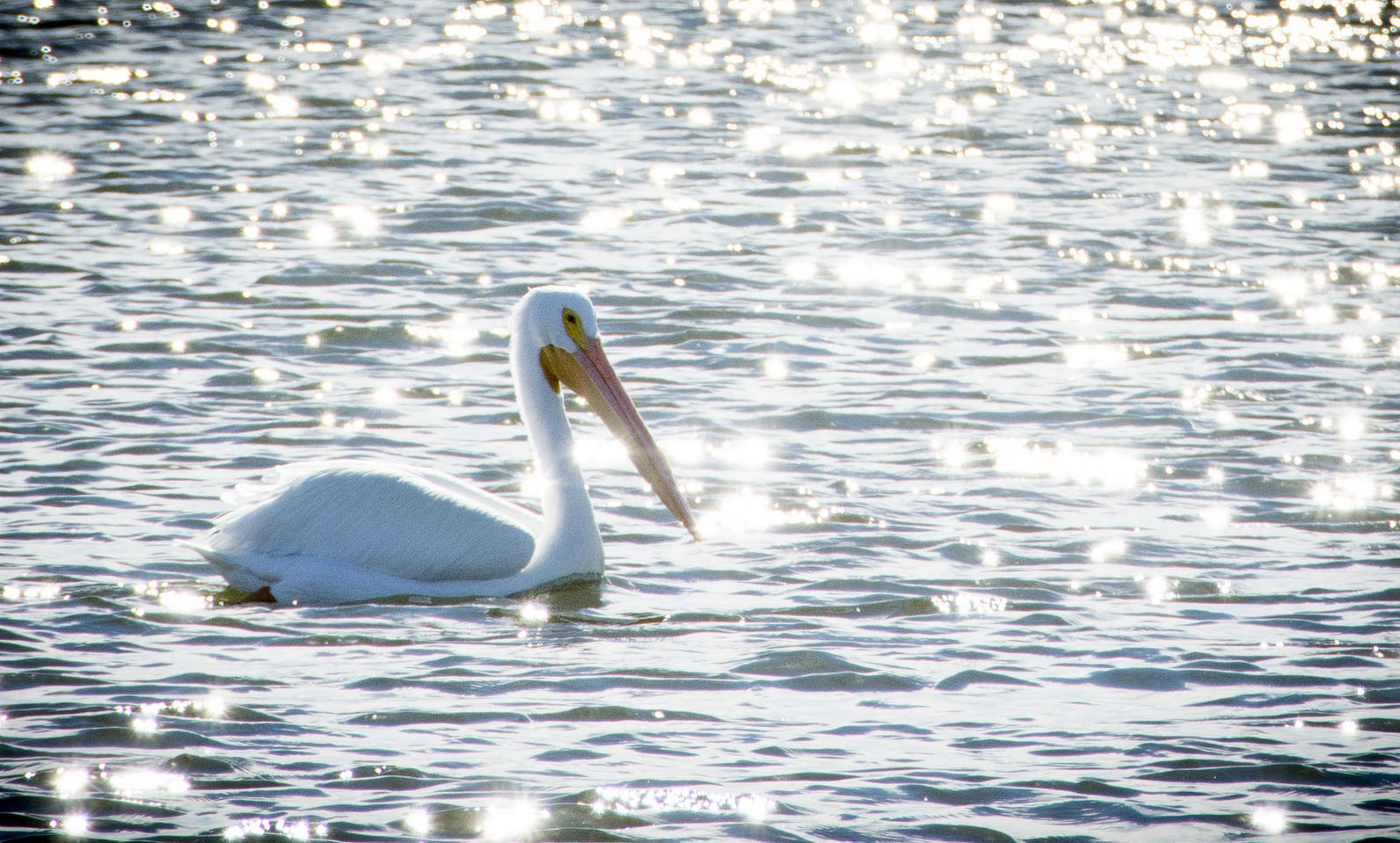
An independent California oversight agency last week called on California Gov. Jerry Brown to declare a state of emergency to resolve the environmental disaster unfolding at the Salton Sea. In a strongly-worded letter, the state’s Little Hoover Commission shared the results of recent hearings, arguing that the Salton Sea should be given as high a priority as high speed rail, the twin tunnels, reduced carbon emissions, and increased renewable energy.
The Commission is responding to the upcoming implementation of water diversions from the Salton Sea that will eventually result in 40 percent less water filling the state’s largest inland lake. This will have a devastating impact on bird habitat and expose huge swaths of lakebed, potentially creating dust that will present a serious public health threat to the 650,000 Imperial County residents nearby.
Audubon California is particularly concerned about the situation at the Salton Sea because of the regions particularly high value to birds. More than 400 species use the Salton Sea, many of which are threatened or endangered species.
“Unlike a wildfire burning out of control or an oil spill blackening beaches, the Salton Sea disaster is slowly unfolding, and has been all but ignored until recently,” the letter reads. “When other disasters destroy California lives and livelihoods, Governors declare a state of emergency. The looming Salton Sea disaster warrants the same level of urgency.”
The commission offered four specific recommendations to get the state’s response to this crisis moving.
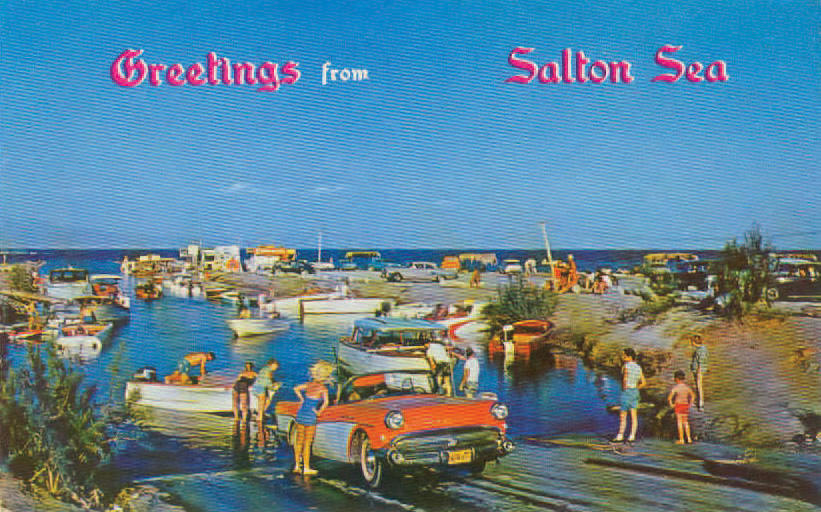
A picture says a thousand words, as the saying goes. The above postcard from the 1950s shows a bustling Salton Sea Marina, a center of fun and recreation.San Bernardino Valley Audubon's Drew Feldman recently visited the exact same location and took the photo below, which shows just how much things have changed over the years.
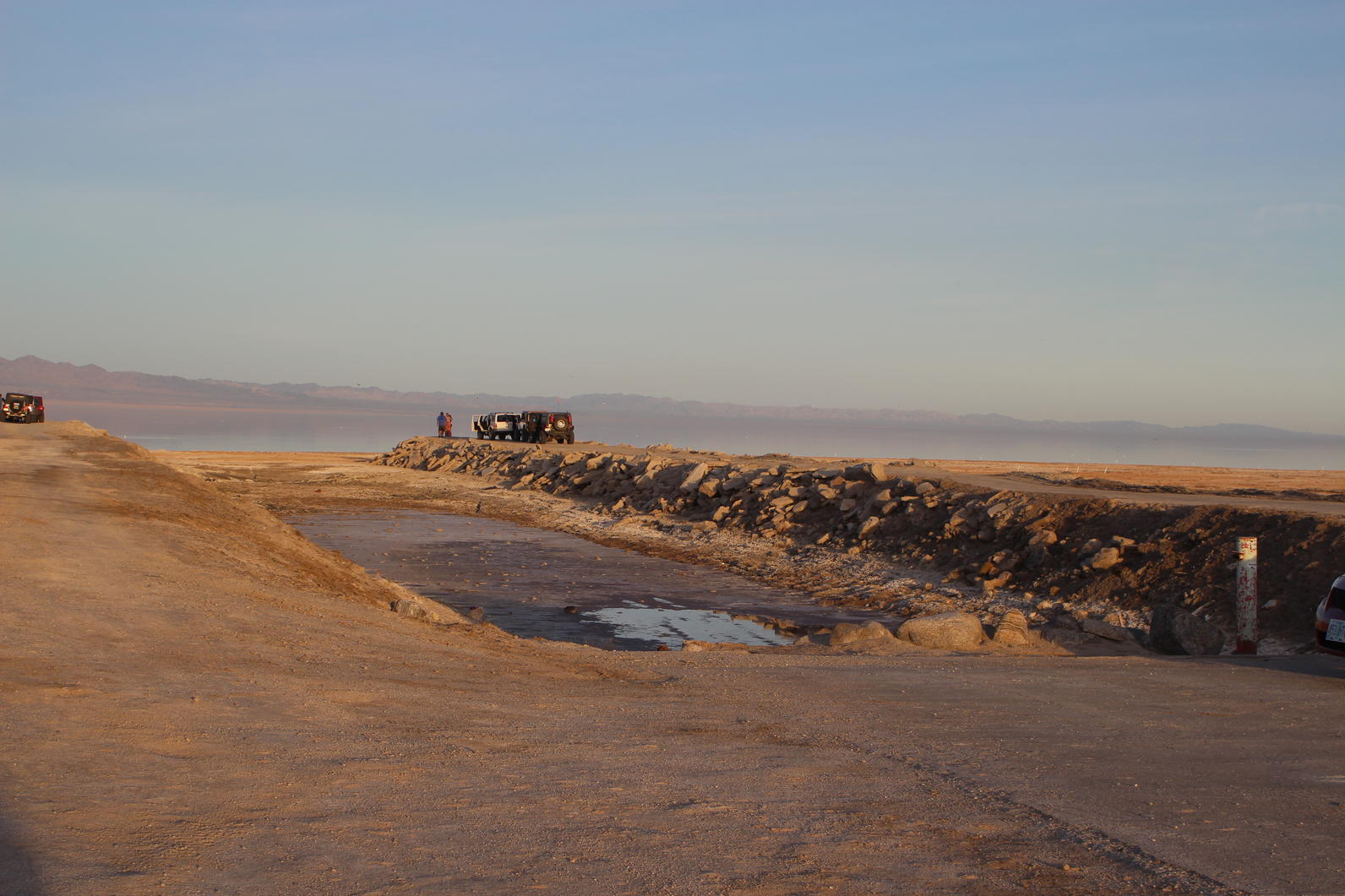
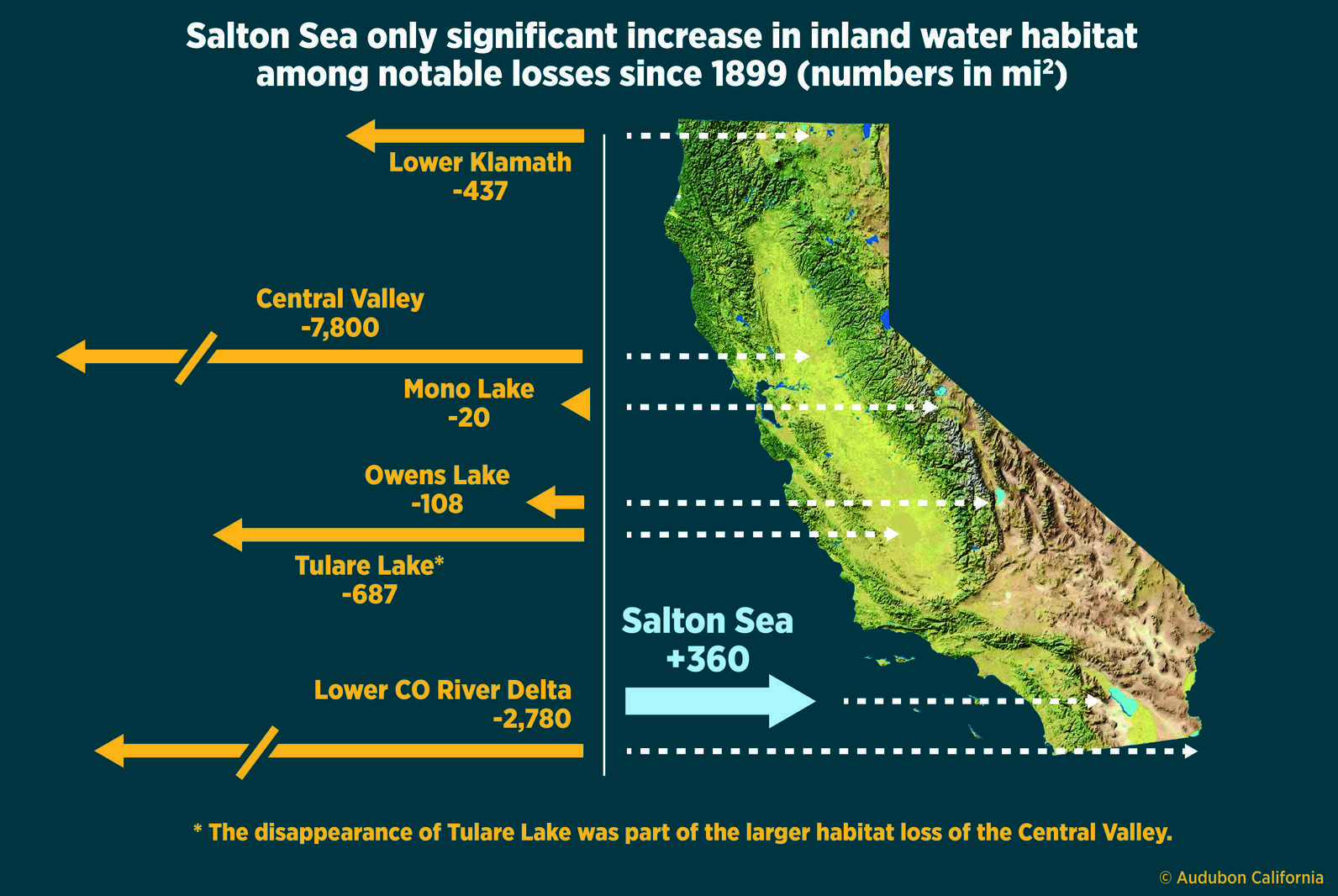
Audubon California Executive Director Brigid McCormack today writes in the Desert Sun that while the narrative around the Salton Sea is often one of environmental decay, the site remains one of the most important places for birds on the Pacific Flyway. She notes that it was created at a time when humans were wiping out natural inland water habitat:
"For birds, the creation of the Salton Sea came at just the right time – just as humans began wiping out wetland habitat throughout California.
Two years before dredging began on the Imperial Valley canal, the last remnants of Tulare Lake disappeared. Once the largest freshwater lake in the West, Tulare Lake was nearly twice the size of the Salton Sea, and anchored more than five million acres of Central Valley wetlands, 95 percent of which are now gone.
In 1906, the federal government began work on the Klamath Project, which eventually eliminated 437 square miles (80 percent) of wetland habitat in the Klamath Basin along the California/Oregon border.
Just a few years later, the Los Angeles Department of Water and Power began diverting water from the 108-square-mile Owens Lake, where Native Americans recalled a sky blackened with migratory birds, and naturalist Joseph Grinnell found great numbers of avocets, phalaropes and ducks. By 1926, Owens Lake was gone.

Fascinating piece today in the Los Angeles Times about the growing concern over declining water levels in Lake Mead that, if they continue to fall, could trigger substantial water cuts in Arizona and New Mexico. Because of this pressure is growing on California users to reduce its use of Colorado River Water. You might recall recently that the Imperial Irrigation District, one of the primary users of water from the Colorado River, has said that will be uncomfortable with any agreement regarding Colorado River water unless the major issues of habitat conservation and dust mitigation at the Salton Sea are resolved.
"All the parties are under pressure to reach an agreement by the end of this year, before the current administration leaves office and the process has to start anew with new federal overseers. But the interstate complexities may pale in comparison with the difficulty of working out agreements among water users within each state. California's Imperial Irrigation District, which has the largest entitlement of Colorado River water, has balked at any agreement to preserve water levels in Lake Mead without a parallel agreement to preserve the Salton Sea. That huge inland pond has suffered as a result of earlier multi-billion-dollar deals by which the Imperial Irrigation District transferred water to San Diego, the MWD and other users.
The shrinkage of the sea already is an environmental and public health disaster. Withholding more water in Lake Mead without a rescue plan would be unacceptable, Imperial Irrigation District General Manager Kevin Kelley said recently. "The Salton Sea has always been the elephant in the room in these talks," he told the Desert Sun newspaper."
When Audubon California talks about the Salton Sea, we often highlight that about 400 species of birds make regular use of this habitat -- massive numbers of sandpipers migrating between Alaska and South America, as much as 90 percent of the world’s Eared Grebes, and large numbers of American White Pelicans, Double-crested Cormorants, the threatened Snowy Plover. Without the Salton Sea, these species and many others would struggle for survival.
The two maps below offer another view of how birds from all over the Western Hemisphere use the Salton Sea. Since 1908, volunteers and researchers have been banding birds for the U.S. Geological Survey's North American Bird Banding Program, and so we have data on where we found birds that were banded at the Salton Sea, as well as where birds were banded that ultimately turned up at the Salton Sea.
Birds banded at the Salton Sea and found elsewhere
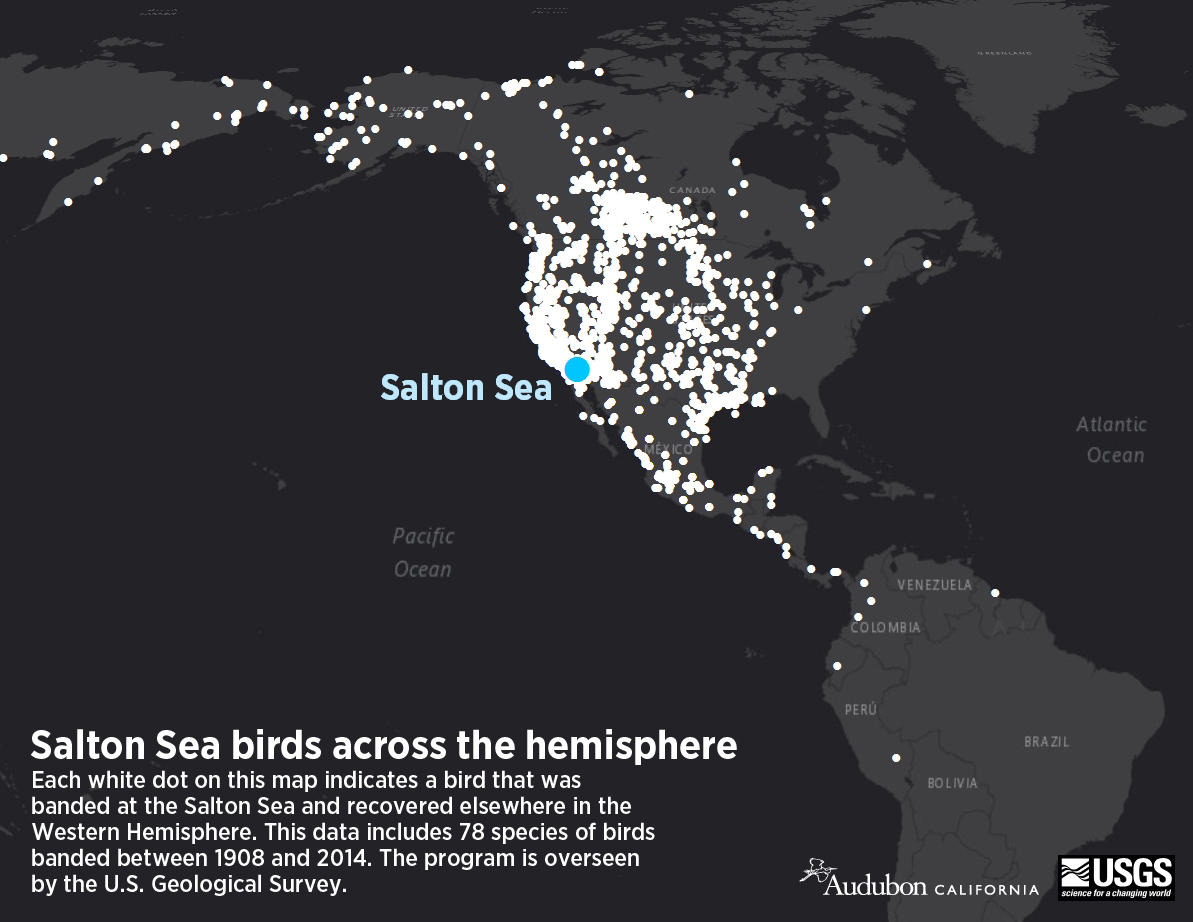
Birds banded throughout the Western Hemisphere and found at the Salton Sea

With news that representatives of California, Arizona, and Nevada are negotiating potential cutbacks to relieve water usage from the overtaxed Colorado River, the water district holding the largest rights to Colorado River water said that issues at the Salton Sea need to be resolved before any settlement regarding the Colorado River.
Our newsletter is fun way to get our latest stories and important conservation updates from across the state.
Help secure the future for birds at risk from climate change, habitat loss and other threats. Your support will power our science, education, advocacy and on-the-ground conservation efforts.
Join the thousands of Californians that support the proposed Chuckwalla National Monument.